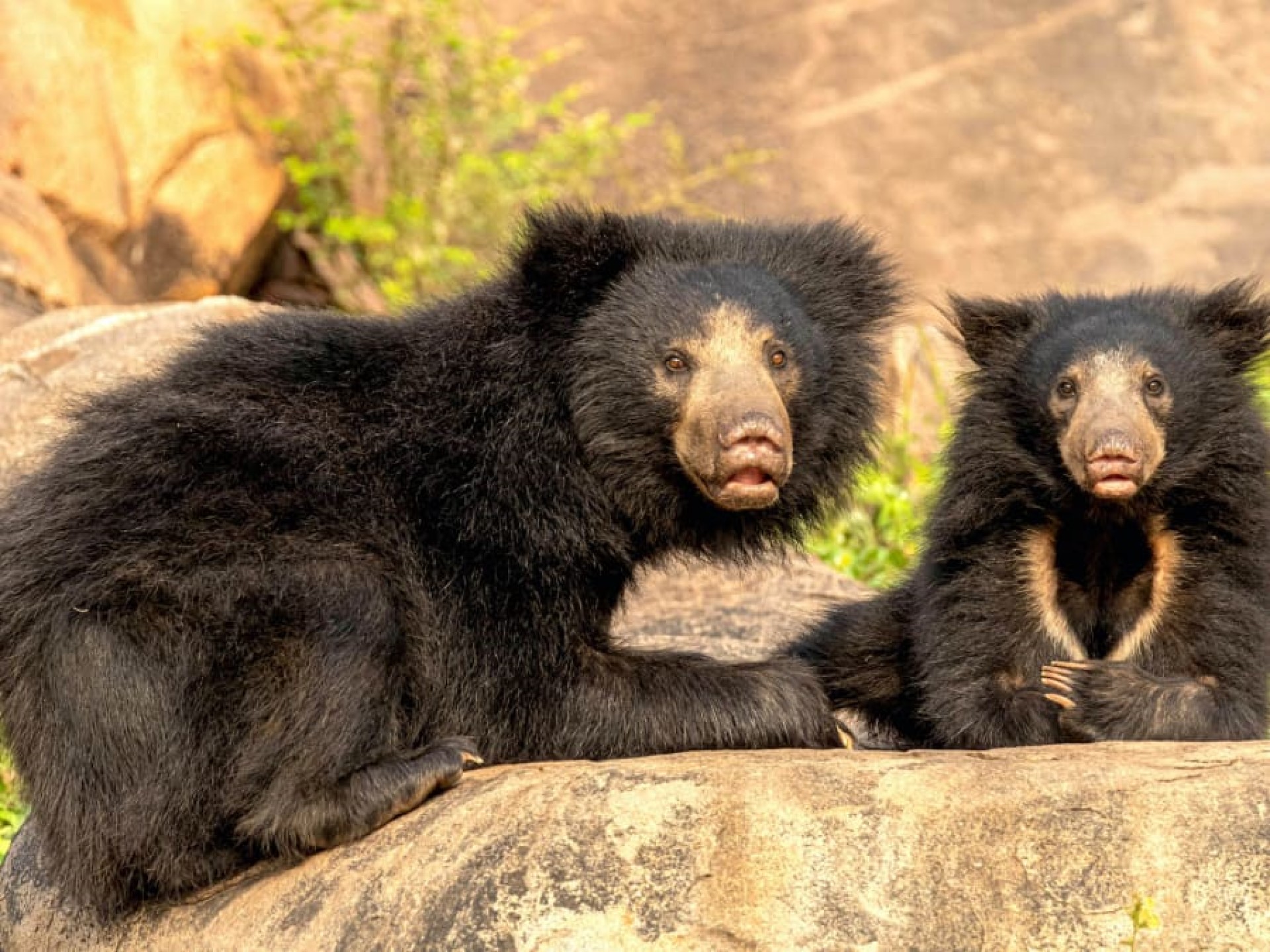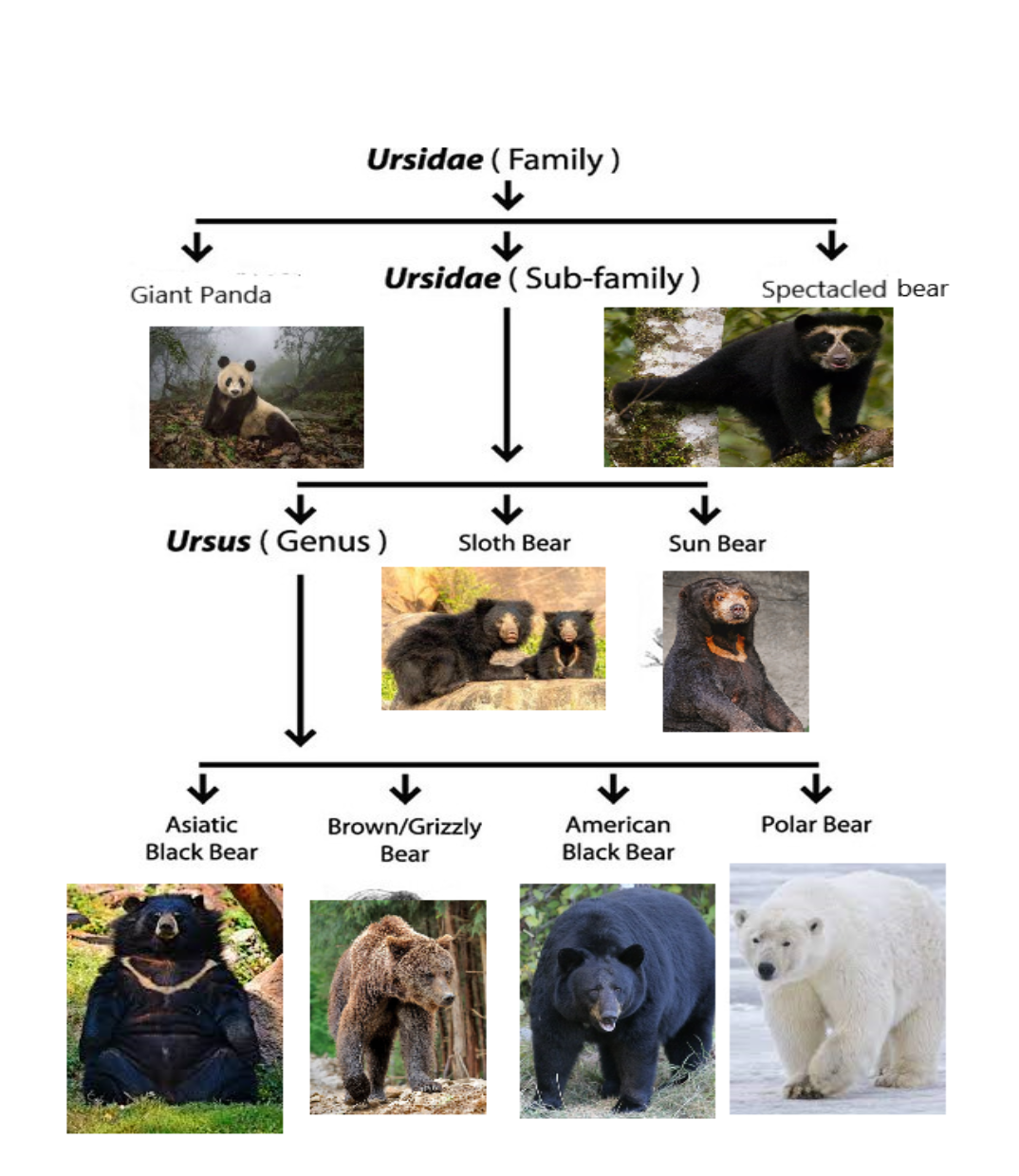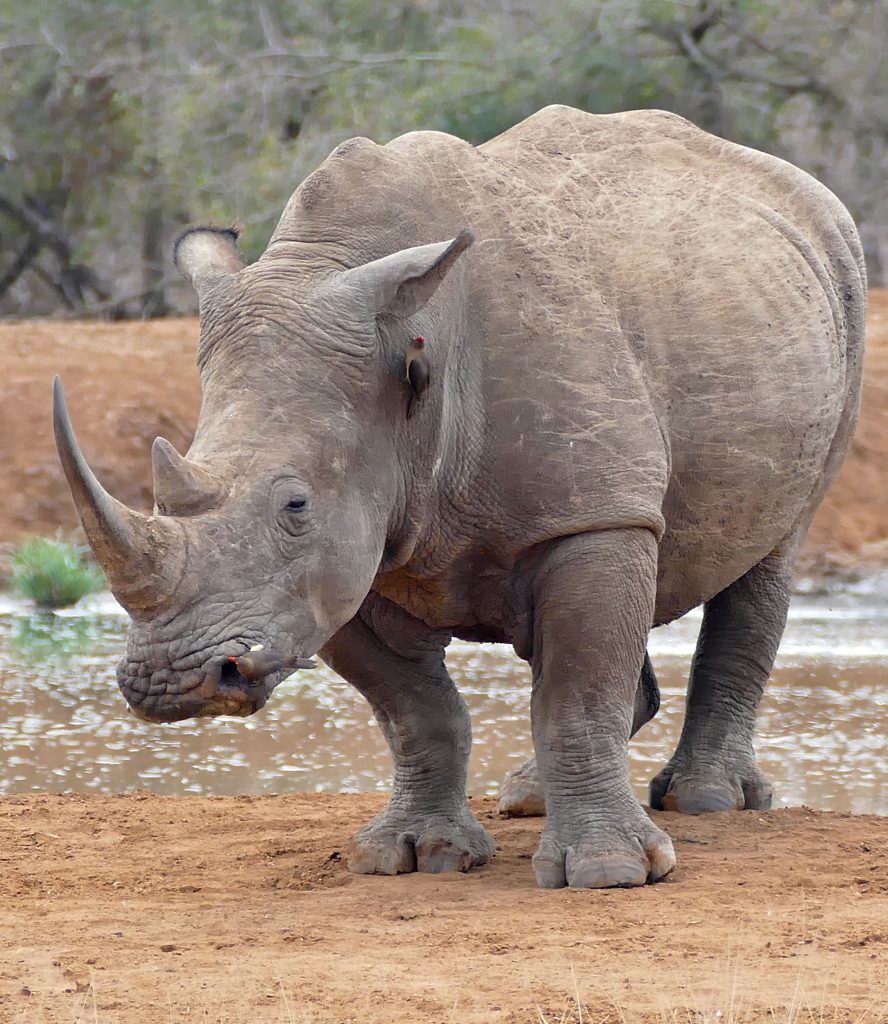
Sloth bear
The sloth bear is restricted to India, with about 20000 remaining. Unfortunately their population is falling, as a result of habitat loss.
These bears live alongside tigers and many other species though they are not particularly easy to find.
Over time we hope to list many places where you can visit bears and see them in their wild home, these will appear here, and a list of posts we have published on bears will appear below these links
Species watch
- Tim
- May 11, 2022
I am intending to make this into a new set of articles that will appear on this website. Obviously, these species will not be the only ones that are covered – for those who read this website regularly, you will know that I talk about a wide range of species. The species that I am …...
Uranium mining within a tiger reserve
- Tim
- July 15, 2019
Nature reserves in India are rather different to what was set up in Africa. In Africa there are six nature reserves or national parks which have enough space to have a population of at least 500 Lions. If humans were to disappear from Africa tomorrow and reappear in 500 years these populations are likely to …...




















